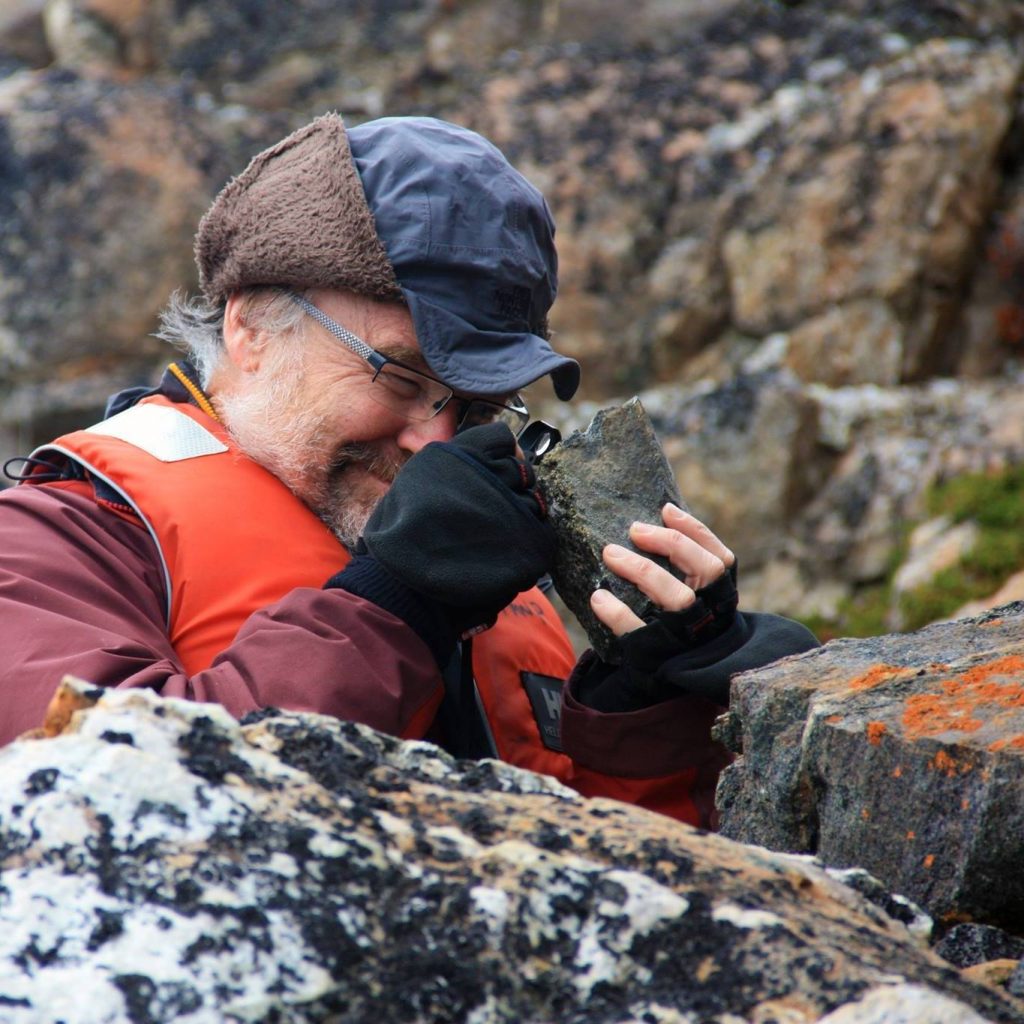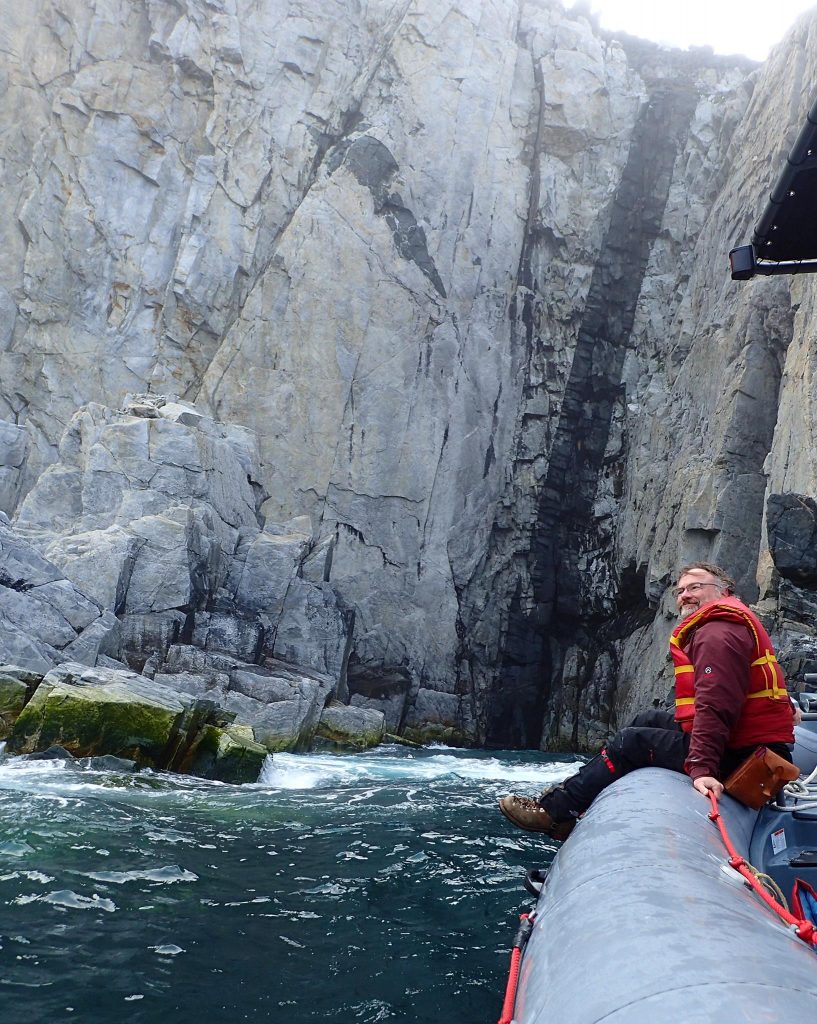Daniel J. Dunkley, Associate Professor, Department of Polar and Marine Research
“I joined the Institute of Geophysics this September, as a researcher specialising in the geology and geochronology of gneissic terranes. My choice of speciality is the result of a long and wandering path that has led me to Warsaw, where I look forward to some vital and interesting collaborations in polar geology both with members of the Institute and researchers around the world.
I am from Sydney, Australia, where I graduated in 1991 with a Bachelor of Science (first class honours) at the University of Sydney. My first thesis work as an undergraduate involved mapping of an intraplate volcano, following my early interest in igneous petrology and geochemistry. However, I was lured to polar research by the offer of a PhD project on a high-temperature metamorphic terrane on the Mawson Coast of east Antarctica. Over two summer seasons with the Australian National Antarctic Research Expedition, I developed a passion for fieldwork and for hot rocks in cold places. I became involved in metamorphic geology, and especially in geochronology, using the Australian invention of the Sensitive High-Resolution Ion Microprobe (SHRIMP) to isotopically date geological events from zircon growth. Little did I know then that the complexities of zircon dating would lead me down a rabbit hole that I am still exploring.
In 1998, after obtaining my PhD and a stint of lecturing in mineralogy and igneous petrology at the University of Sydney, I was invited by the National Institute of Polar Research (NIPR) in Japan to join the 40th Japanese Antarctic Research Expedition for fieldwork in Enderby Land and Dronning Maud Land. Subsequently I was invited by Prof. Kazuhiro Suzuki (deceased), inventor of a method of monazite geochronology by electron microprobe, to join his team at Nagoya University in Japan, where I worked on metamorphic rocks in Japan. Through expanding my experience in geochronological methods I was able to produce work that earned a Best Paper Medal in the top journal Gondwana Research. In 2003 I joined NIPR in Tokyo as a postdoctoral research fellow. As a SHRIMP geochronologist, I participated in more than forty projects in 14 countries worldwide, including Antarctica, where I returned for fieldwork with JARE in 2008.
Having earned a reputation as a geochronologist, in 2009 I returned to Australia to join Geoscience Australia as an analyst. However, the lure of remote fieldwork was too strong for me, and I joined Curtin University to lecture in igneous petrology and work as a SHRIMP geochronologist on remote terranes in Western Australia. Then, in 2018, I was offered an NCN POLONEZ Fellowship at the University of Silesia in Katowice, to run research programs in Labrador, Canada, Greenland and the Ukraine, in collaboration with the Polish Academy of Science, and institutions in Sweden, Australia, Ukraine and Slovakia.
My membership of an international team of scientists has now led me to continue this work in the Department of Polar and Marine Research, and I am delighted by the opportunity to work here. I think of myself as an ‘international’ scientist, and it is my ambition to develop and expand the department’s involvement in international programs of polar and sub-polar scientific activity, both in in the northern and southern hemispheres.”





